Behaviorism has significantly shaped educational practices, with a notable 70% of educators applying its principles in their classrooms. This widespread use underscores behaviorism‘s lasting influence on how students learn and engage with their environment.
By concentrating on observable behaviors and the reinforcement of positive actions, teachers can create organized settings that foster student participation and responsibility.
Understanding the complexities of behaviorism allows educators to appreciate its advantages while also recognizing its limitations. This comprehension can inform the development of future teaching methods, ultimately enhancing the learning experience for students.
Historical Background of Behaviorism
Behaviorism, a significant psychological movement that began in the early 20th century, focuses on observable behaviors rather than internal mental processes. Its origins can be traced to earlier thinkers like John Locke, who emphasized experience, and Ivan Pavlov, known for his classical conditioning experiments.
Pioneers such as B.F. Skinner built on these foundations, steering psychological research towards measurable actions. This emphasis on observable behaviors transformed educational practices, highlighting the critical roles of reinforcement and conditioning in learning.
Empirical research played a vital role in the evolution of behaviorism. Studies illustrated the practical effectiveness of behavior modification techniques in educational settings, allowing teachers to design structured learning environments.
While behaviorism significantly influenced society and education, it faced criticism from cognitive psychologists who argued that it overlooked the importance of mental processes in shaping behavior.
Despite these criticisms, the principles of behaviorism continue to impact educational strategies today, advocating for a focus on measurable outcomes. Understanding this historical context is crucial, as it reveals how behaviorism not only influenced education but also contributed to our broader understanding of human behavior.
Key Theorists in Behaviorism
Behaviorism is a vital psychological perspective that has significantly influenced our understanding of learning and behavior modification, particularly in educational contexts. Key theorists such as B.F. Skinner, John B. Watson, Ivan Pavlov, and Albert Bandura have contributed essential insights that continue to shape teaching methods.
B.F. Skinner’s work on reinforcement schedules illustrates how rewards can effectively promote desired behaviors among students. His experiments showed that consistent reinforcement leads to lasting changes in behavior, which educators can apply to improve student engagement and performance.
John B. Watson focused on observable behaviors, emphasizing the role of the environment in shaping learning experiences. His research demonstrated that external stimuli significantly influence how students acquire knowledge, underscoring the importance of a supportive learning environment.
Ivan Pavlov’s conditioning experiments further enhanced our understanding of behavior. His findings on associative learning have informed classroom management techniques, enabling educators to create structured environments that encourage positive behavior.
Albert Bandura expanded on these concepts with his theory of observational learning. His work highlighted that students can learn effectively by watching others, suggesting that modeling positive behaviors can be a powerful teaching strategy.
While behaviorism offers valuable tools for educators, it’s essential to recognize its limitations. Critics argue that it may neglect the cognitive and emotional dimensions of learning.
Acknowledging these perspectives can lead to more holistic educational approaches, ensuring that all students have the opportunity to succeed.
Principles of Behavior Modification
Behavior modification principles are essential strategies for educators aiming to positively influence student behavior. These techniques help cultivate a dynamic learning environment that supports student growth and engagement.
Here are four fundamental principles to consider:
- Clear Expectations: It’s crucial for students to understand the behaviors that are expected of them. This understanding promotes a sense of belonging and personal responsibility within the classroom.
- Consistent Feedback: Implement behavioral assessment methods to deliver timely and constructive feedback. This practice enables students to recognize their progress and identify areas in need of improvement.
- Positive Reinforcement: Acknowledge achievements, regardless of their size. Celebrating efforts motivates students to repeat desirable behaviors and fosters a sense of value within the classroom community.
- Modeling Behavior: Exhibit the behaviors you wish to encourage in your students. When they see you practicing these behaviors, they’re more likely to imitate them.
Reinforcement and Learning
Reinforcement is a key factor in shaping learning and motivation within the classroom. Understanding the various types of reinforcement and their effects can help educators develop effective strategies for classroom management.
This knowledge is crucial for enhancing student engagement and promoting academic success. For instance, positive reinforcement, such as praise or rewards, can motivate students to participate actively and strive for better performance.
Conversely, negative reinforcement, which involves removing an unpleasant stimulus, can encourage behavior changes. By applying these principles thoughtfully, teachers can foster a more dynamic and effective learning environment.
Types of Reinforcement
Reinforcement is a crucial concept in shaping behavior and enhancing learning outcomes. Understanding the various types of reinforcement can help create an inclusive learning atmosphere where all participants feel valued. Here are four essential types to consider:
- Positive Reinforcement: This strategy involves providing immediate feedback or rewards for desired behaviors, motivating students to continue those actions. For instance, praising a student for completing their homework on time can encourage them to maintain that habit.
- Negative Reinforcement: This approach focuses on strengthening behavior by removing an unpleasant stimulus. For example, if students reach specific academic goals, reducing their homework load can promote a more positive learning experience without the element of punishment.
- Intrinsic Motivation: Cultivating a genuine passion for learning often leads to students engaging in activities for their own enjoyment. This internal drive can be more effective than external rewards, as students find satisfaction in the process of learning itself.
- Reinforcement Schedules: Implementing different reinforcement schedules, such as fixed or variable ratios, helps maintain student engagement and gradually shapes desired behaviors over time. For example, providing rewards after a set number of completed tasks can encourage consistent effort.
Incorporating techniques like behavioral contracts and contingency management can enhance the effectiveness of these reinforcement types.
Understanding and applying these strategies can significantly improve educational experiences and build a strong sense of community within the learning environment.
Impact on Motivation
Motivation significantly influences student engagement in learning. Effective reinforcement strategies can enhance this drive. Recognizing the distinction between intrinsic motivation, which comes from within, and extrinsic rewards, such as grades or prizes, is crucial.
When students establish specific goals, they boost their self-efficacy, which in turn enhances their confidence in completing tasks. Behavioral expectations also contribute to motivation. Clearly defined success criteria enable students to understand what’s expected of them, thereby increasing their engagement.
Incorporating motivation theories, like the effects of peer influence, helps cultivate a supportive learning environment where students motivate one another to achieve their objectives. While extrinsic rewards can yield short-term benefits, they shouldn’t diminish the value of intrinsic motivation.
Finding enjoyment in the learning process itself is essential for sustaining long-term interest. Encouraging students to reflect on their progress and celebrate small achievements reinforces the notion that effort leads to success.
A balanced approach that combines reinforcement strategies with a focus on intrinsic motivation fosters a thriving community of learners. This environment not only enhances motivation but also instills a sense of belonging among students, ultimately enriching their educational experience.
Classroom Management Strategies
Effective classroom management is crucial for fostering a productive learning environment. It involves creating a space where students feel valued and engaged, leading to better academic outcomes. Understanding the relationship between reinforcement and learning is key.
Here are four strategies to enhance your classroom management:
- Positive Reinforcement: Acknowledge and celebrate students’ successes, whether they’re significant milestones or small victories. This practice boosts motivation and enhances self-esteem.
- Behavior Contracts: Work with students to establish clear expectations and consequences for behavior. This collaborative approach instills a sense of responsibility and accountability among students.
- Classroom Routines: Implement structured routines that provide predictability. When students know what to expect, it reduces anxiety and helps them focus on learning.
- Token Economies: Introduce a system where students earn tokens for exhibiting positive behavior. These tokens can be exchanged for various rewards, which encourages continued engagement and reinforces good behavior.
Using these strategies can lead to a more harmonious classroom atmosphere where students are motivated to learn and contribute positively.
Application in Classroom Management
Classroom management is essential for creating an effective learning environment. Utilizing behaviorism principles can significantly enhance this process by concentrating on observable behaviors and the interaction between stimuli and responses. Implementing behavior contracts is a practical way to establish clear expectations and consequences. These contracts promote accountability among students, encouraging them to take ownership of their actions.
Another effective technique is the use of token economies, where students receive tokens for exhibiting desired behaviors that they can later exchange for rewards. This method not only reinforces positive behaviors but also fosters a sense of community as students collaborate towards common objectives.
Establishing clear classroom rules is crucial for guiding student interactions and laying the groundwork for success. Positive reinforcement strategies can motivate students, encouraging them to engage in appropriate behaviors that contribute to a harmonious classroom atmosphere.
Behavioral interventions are particularly beneficial for students who struggle with self-regulation. These strategies help them to navigate classroom challenges more effectively.
Furthermore, incorporating collaborative activities harnesses peer influence, facilitating social learning opportunities among students. Through the application of these behaviorist techniques, educators can cultivate a structured and supportive environment where every student can thrive.
Role of Feedback in Education
Feedback is essential in the educational process, serving to enhance student learning and understanding. It helps students recognize their achievements and pinpoint where they can improve. Here are four important elements of feedback to consider:
- Formative Assessment: Conduct ongoing evaluations to measure student comprehension and provide immediate feedback. For example, quizzes after lessons can help identify areas that need reinforcement.
- Corrective Feedback: Provide detailed guidance to correct mistakes. This approach allows students to learn from their errors and fosters a deeper understanding of the material. For instance, if a student misinterprets a math problem, explaining the correct method can clarify their confusion.
- Peer Feedback: Promote collaboration by encouraging students to exchange feedback with one another. This practice builds a supportive community in the classroom and helps students learn from diverse perspectives. Assigning group projects where students critique each other’s work can facilitate this process.
- Student Self-Assessment: Encourage students to evaluate their own work. This practice instills a sense of responsibility for their learning and aids in developing critical thinking skills. For example, using reflective journals can help students articulate their thoughts on their progress and areas for improvement.
Implementing these feedback strategies can significantly enhance the learning experience for students, allowing them to actively engage in their educational journey.
Behaviorism and Curriculum Design
Behaviorism is a learning theory that focuses on observable behaviors and the ways they can be shaped through reinforcement.
When creating a curriculum grounded in behaviorism, it’s essential to ensure that learning objectives are clearly defined and closely linked to desired outcomes.
Employing reinforcement techniques, such as praise or rewards, can effectively motivate students and help them grasp the material more deeply.
This approach fosters a structured learning environment where students can thrive.
For instance, implementing a points system for completed assignments can encourage consistent participation and effort.
Learning Objectives Alignment
Effective alignment of learning objectives with curriculum design within the behaviorist framework is essential for student comprehension and success. This structured approach not only clarifies expectations but also nurtures a sense of community among learners. By emphasizing specific learning outcomes, educators can enhance both teaching effectiveness and student engagement.
To achieve strong instructional alignment, consider the following four key aspects:
- Clear Learning Outcomes: Defining objectives allows students to understand their targets and what they’re expected to achieve.
- Assessment Strategies: Implement reliable metrics to evaluate students’ progress and their grasp of the material.
- Curriculum Coherence: Ensure that all course content and activities align with educational standards, creating a unified learning experience.
- Pedagogical Consistency: Use consistent teaching methods throughout the curriculum to support the measurement of learning outcomes.
Focusing on these elements not only leads to academic success but also cultivates a supportive learning environment.
This approach fosters a sense of connection and value among students, enhancing their motivation and overall learning experience. By integrating these principles into curriculum design, educators can create an engaging atmosphere that promotes growth and achievement for all participants.
Reinforcement Techniques Implementation
Reinforcement techniques are crucial in enhancing student engagement and improving learning outcomes in a behaviorist curriculum. Implementing positive reinforcement, such as praise or tokens, cultivates a supportive environment where students feel appreciated and inspired to participate. Negative reinforcement, like eliminating an undesirable task upon achieving a goal, can also motivate students to strive for success.
To maximize the effectiveness of these techniques, establish clear schedules for reinforcement. Consistency allows students to understand expectations, fostering a sense of stability in the classroom. Employ behavior tracking tools to monitor progress and adjust reinforcement strategies as necessary. Regular assessments of behavior will help identify what methods resonate most with your students.
While external rewards can enhance motivation, it’s essential to cultivate intrinsic motivation as well. Encourage students to set personal goals to create a deeper connection with their learning experiences. Promoting a culture of achievement and belonging will further engage students.
The ultimate aim is to inspire a genuine passion for learning, rather than merely managing behavior. Thoughtful application of reinforcement techniques can transform the classroom into a thriving environment for every student.
Impact on Special Education
Behaviorism significantly shapes special education by offering structured strategies that enhance learning outcomes for students with varied needs. This model emphasizes the importance of behavioral interventions tailored to each child’s specific challenges, creating an environment where all students can succeed and feel included.
Key components of behaviorism in special education include:
- Functional Assessments: Gaining insight into each student’s unique requirements allows for the development of targeted interventions that effectively address their needs.
- Skill Acquisition: Focused instruction aids students in mastering essential skills, which in turn increases their confidence and fosters independence.
- Social Skills Development: Structured opportunities for social interaction aid in emotional regulation and the establishment of positive relationships among peers.
- Collaborative Approaches: Involving parents in the educational process ensures that skill reinforcement continues at home, complementing what’s taught in the classroom.
Monitoring progress consistently enables educators to assess improvements and modify strategies as needed.
Adopting these behaviorist principles not only promotes academic achievement but also cultivates a sense of belonging and community for students with diverse needs. This collaborative effort creates an environment where every individual feels valued and capable of reaching their potential.
Limitations of Behaviorist Approaches
Behaviorist approaches in special education provide useful techniques for managing student behavior, but they also have significant limitations that educators should be aware of. A primary concern is that these methods often neglect the importance of cognitive development and emotional intelligence, which are essential components of a well-rounded education. Focusing only on observable behaviors may prevent educators from nurturing critical thinking abilities in their students.
Another limitation is that behaviorist techniques can diminish intrinsic motivation. When students are frequently rewarded for their achievements, they may become reliant on external validation, which can stifle their genuine enthusiasm for learning. This reliance can impede their capacity to participate in collaborative and social learning experiences that depend on interaction and relationship-building with peers.
Furthermore, behaviorist strategies can be inflexible, making it challenging to provide individualized instruction. Each student has distinct needs, and applying a uniform approach can hinder creativity and personal development.
To address these challenges, combining behaviorist strategies with constructivist methods can foster a more balanced learning environment. Utilizing educational technology can accommodate diverse learning preferences and create a more dynamic classroom atmosphere.
Recognizing these limitations allows educators to cultivate a more inclusive and effective learning experience.
Future Directions in Education
Education is undergoing significant transformation, necessitating innovative methods to meet the varied needs of students. The future of education is set to be dynamic and inclusive, emphasizing comprehensive development that includes academic, social, and emotional aspects.
To foster this evolution, consider the following key directions:
- Emerging Technologies: Leverage tools that enhance learning experiences and promote responsible digital engagement. For instance, virtual reality can immerse students in historical events, enriching their understanding through experiential learning.
- Personalized Learning: Develop customized educational pathways that align with each student’s unique strengths and interests. This can be accomplished through platforms like Khan Academy, which adapts to individual learning rates, ensuring that every student feels recognized and supported.
- Adaptive Assessments: Use assessments that adjust according to student performance, thereby promoting fairness in evaluating academic achievement. Programs such as i-Ready provide real-time insights into student progress, allowing for timely interventions.
- Collaborative Environments: Design spaces that encourage teamwork and interdisciplinary learning. Project-based learning initiatives, such as STEM challenges, can cultivate critical thinking and problem-solving skills while connecting students with global issues.
Teachers are crucial in navigating this changing landscape; continuous professional development is necessary to empower them with the skills to effectively support students.
Focusing on social-emotional learning and fostering a sense of community is vital for helping students manage challenges and celebrate their achievements together.
Embracing these future directions in education will enhance the overall learning experience and establish an environment where every student feels capable and motivated.
Conclusion
Behaviorism has made significant contributions to education by providing a structured approach to learning based on observable behaviors. This educational theory emphasizes the importance of reinforcement in shaping student actions and attitudes. It creates engaging and accountable classroom environments, where teachers can effectively guide student behavior and learning processes. Understanding the principles of behaviorism is essential, as they continue to influence instructional methods and foster student success. Implementing these strategies can cultivate a positive learning atmosphere, ensuring that all students thrive academically and socially.
For example, teachers can use positive reinforcement, such as praise or rewards, to encourage desired behaviors, while also implementing clear consequences for negative actions. By establishing a consistent system of expectations, educators can create a stable environment conducive to learning. Overall, behaviorism serves as a valuable framework in educational practices, highlighting the importance of behavior management in achieving educational goals.

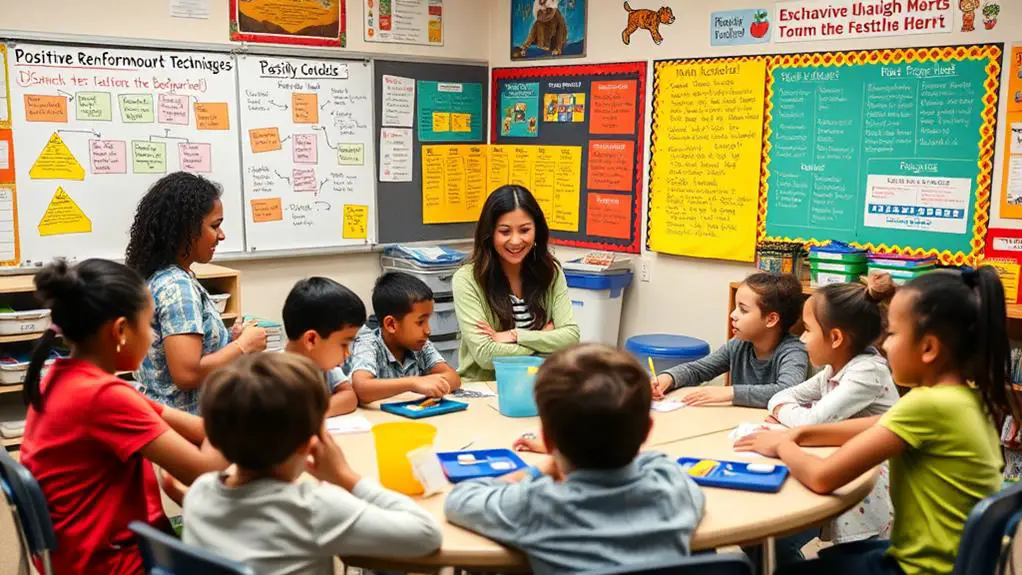
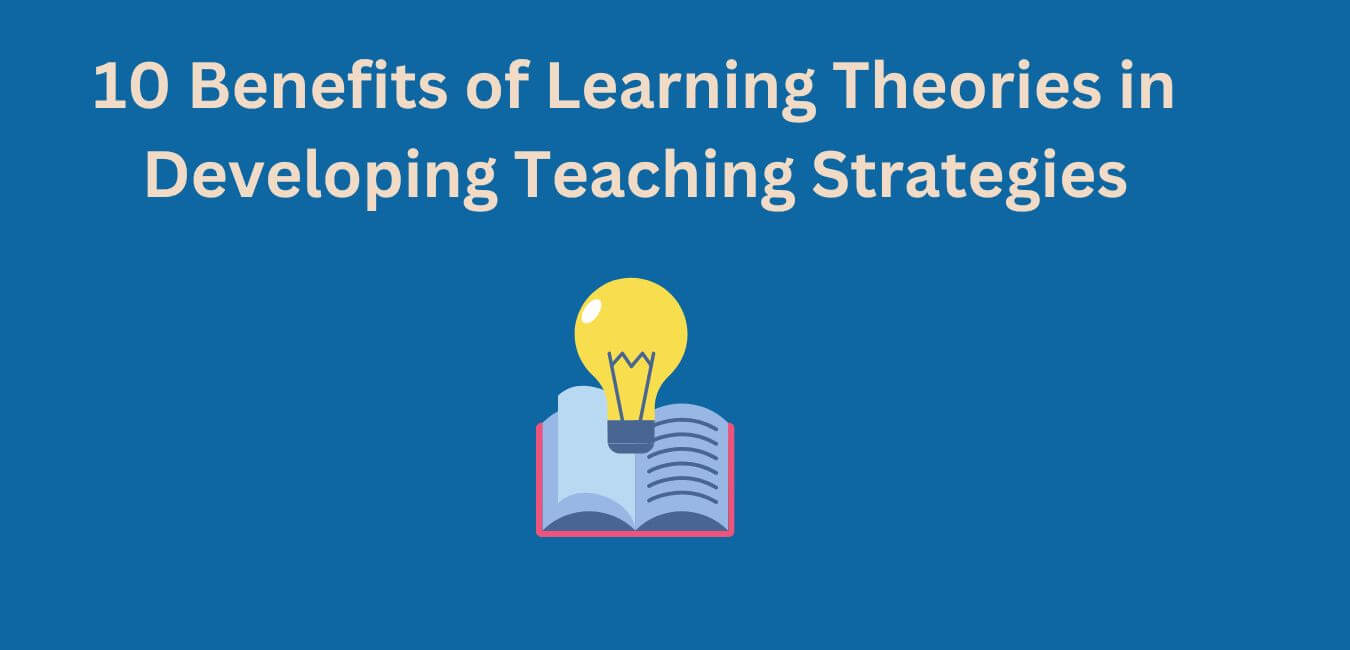
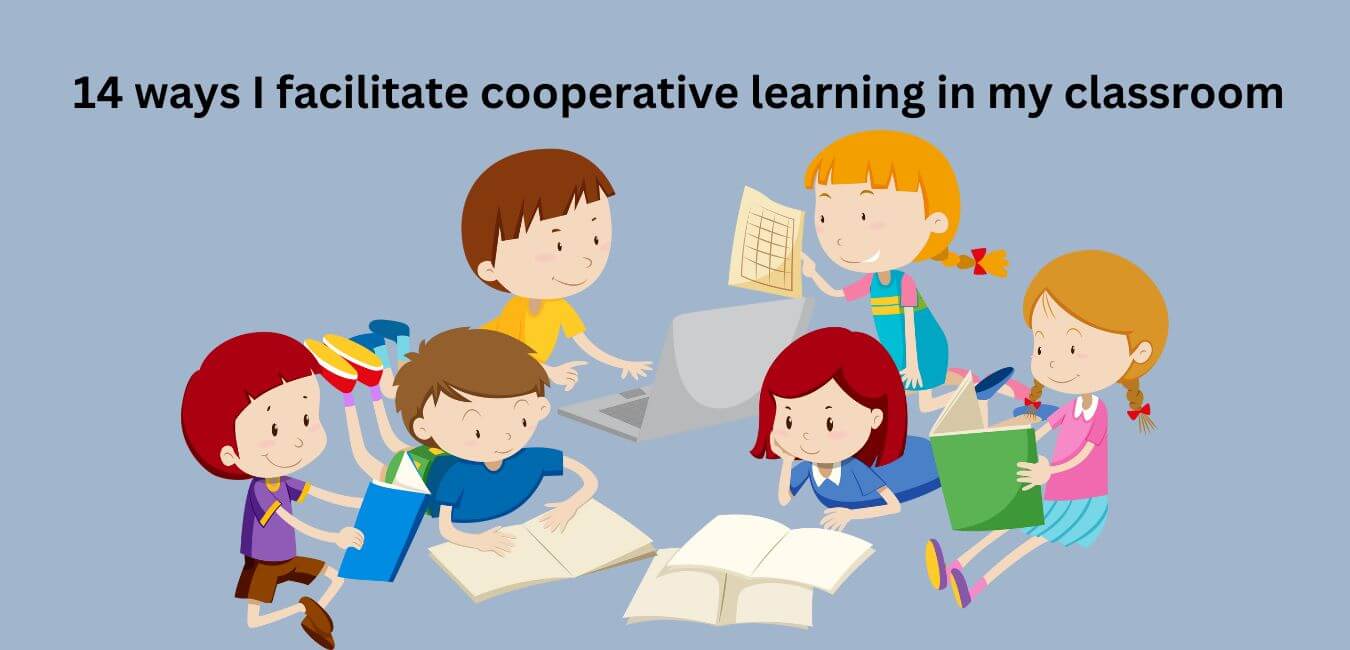
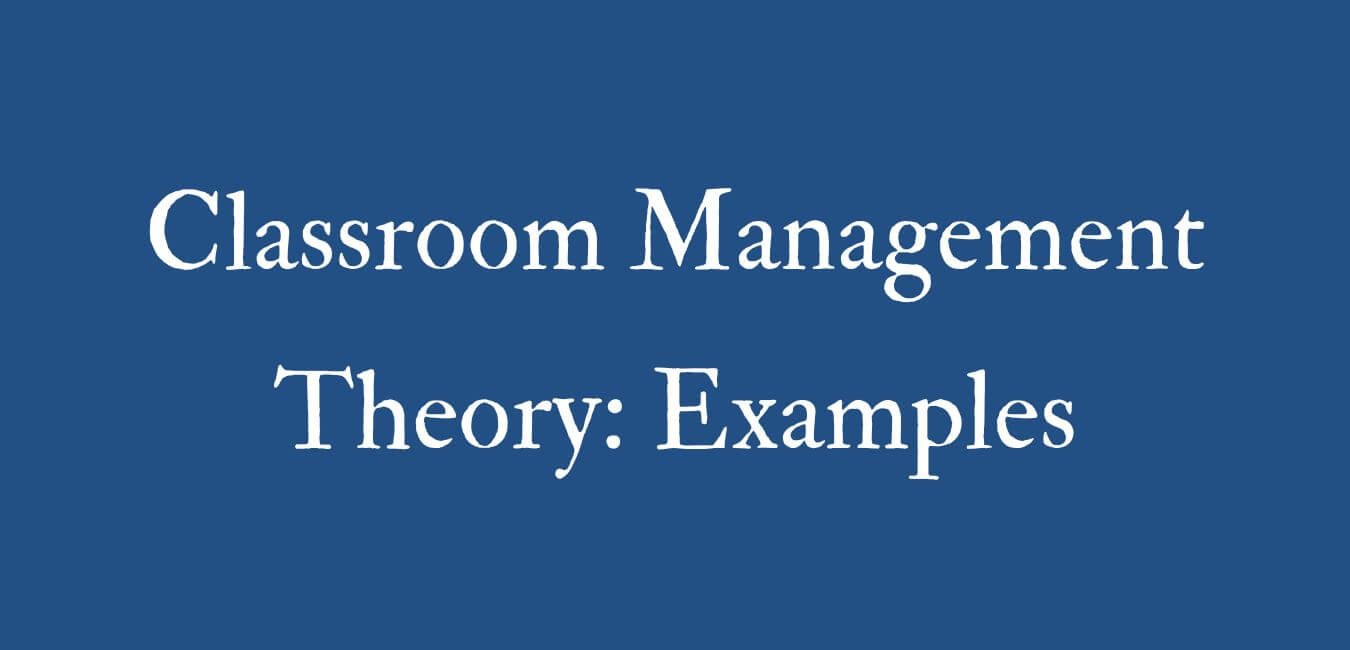
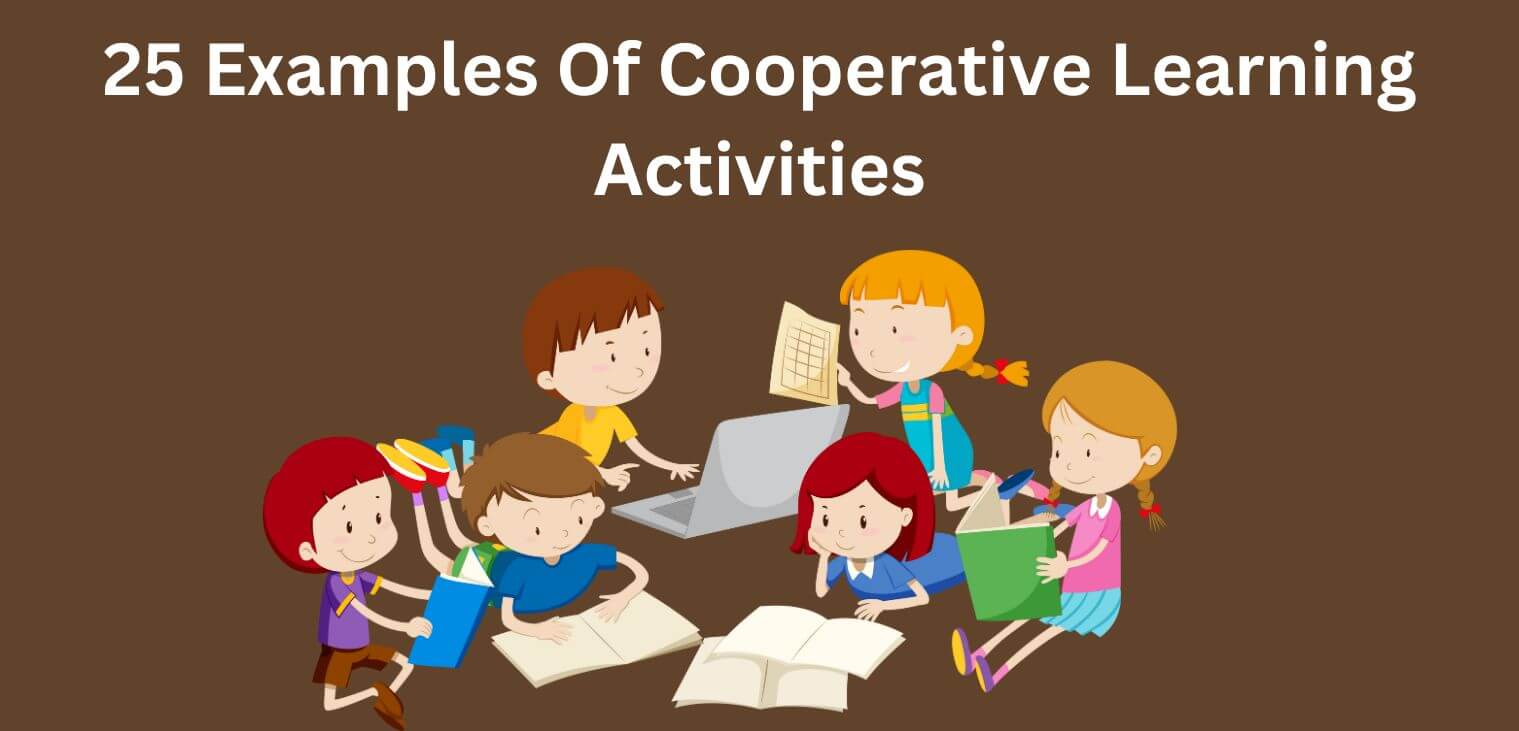
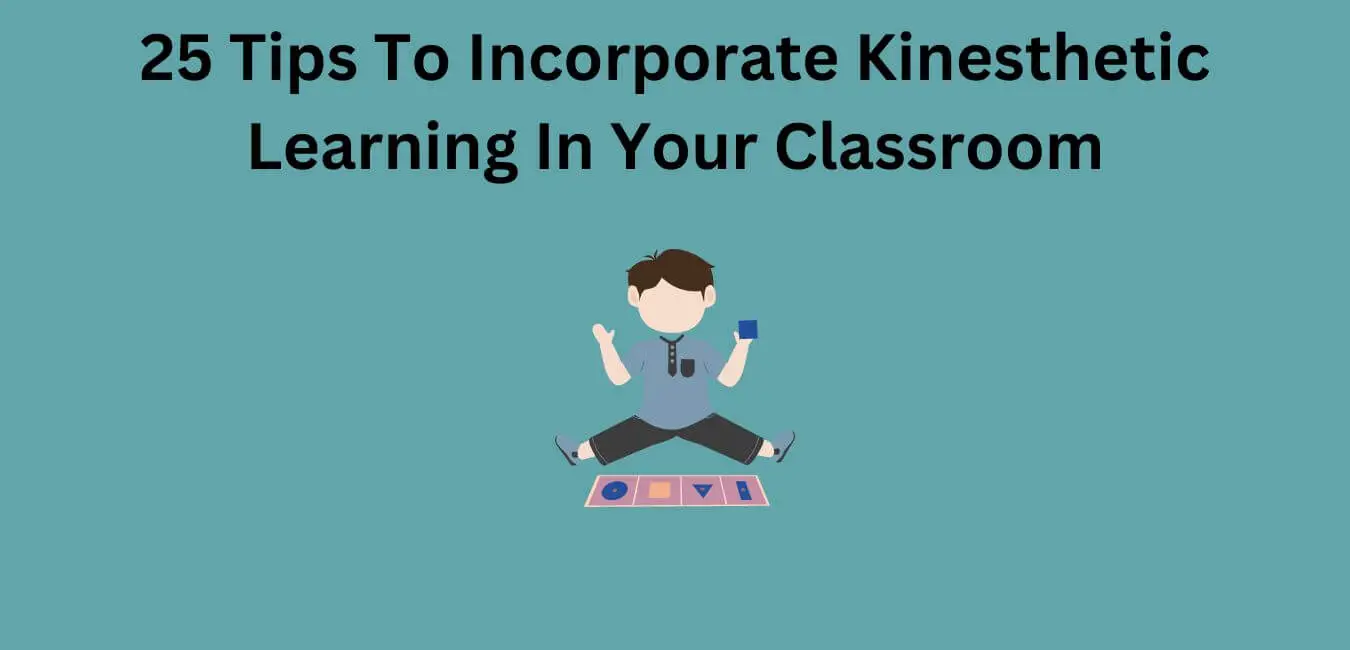
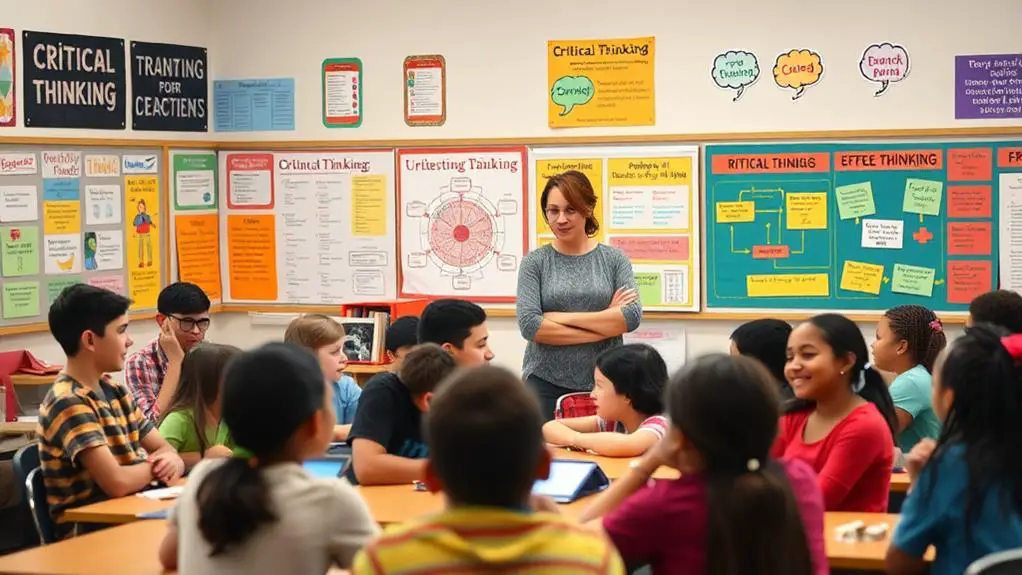
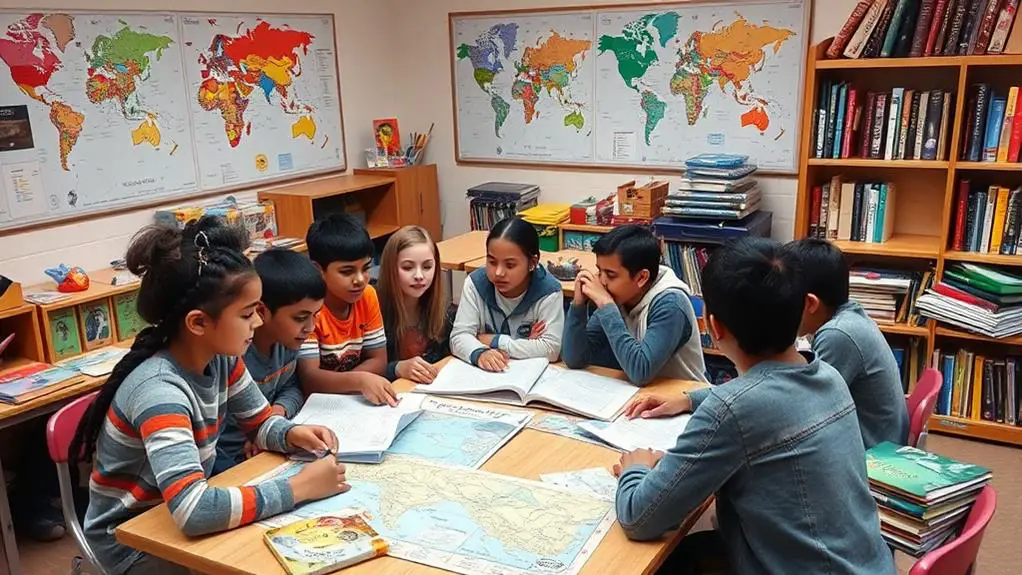

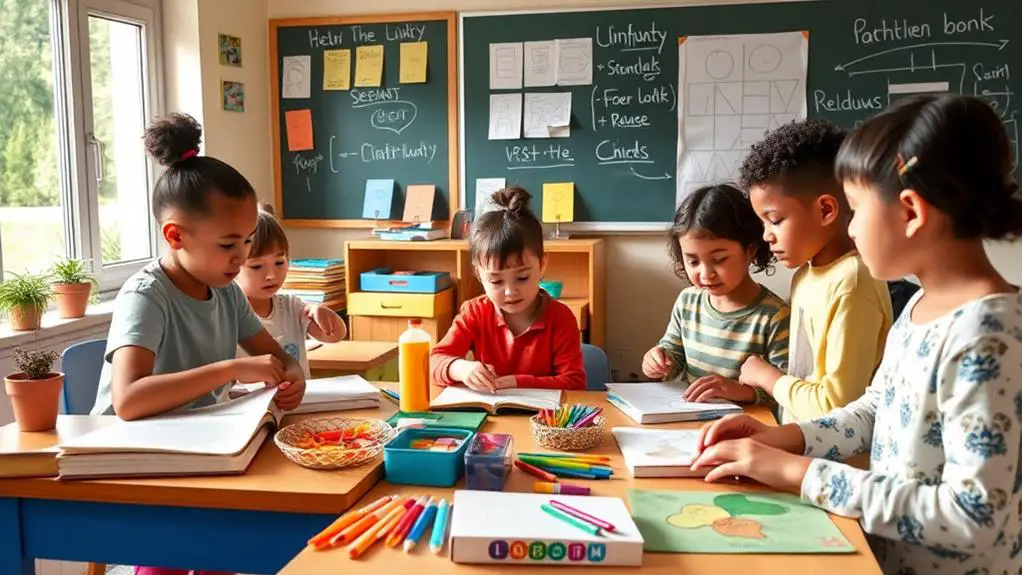
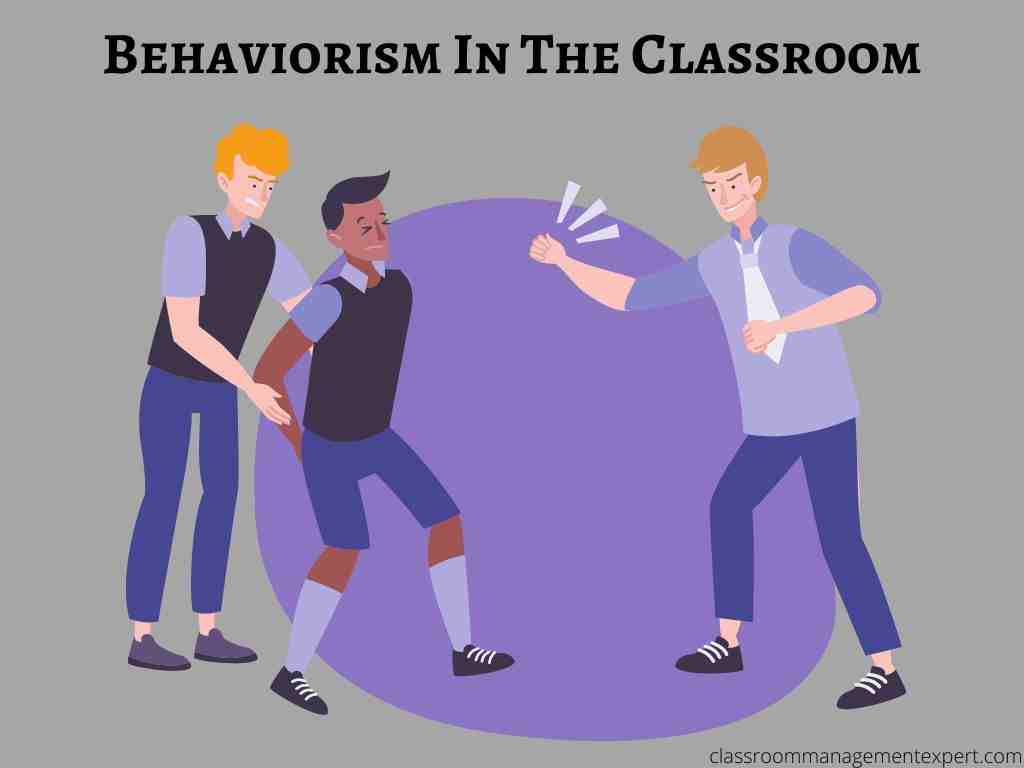

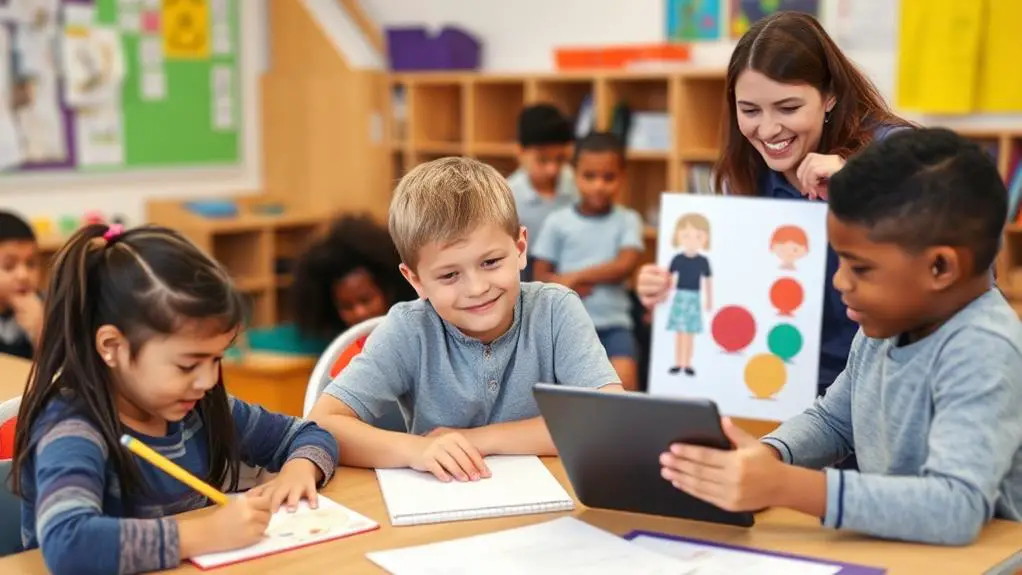




Leave a Reply